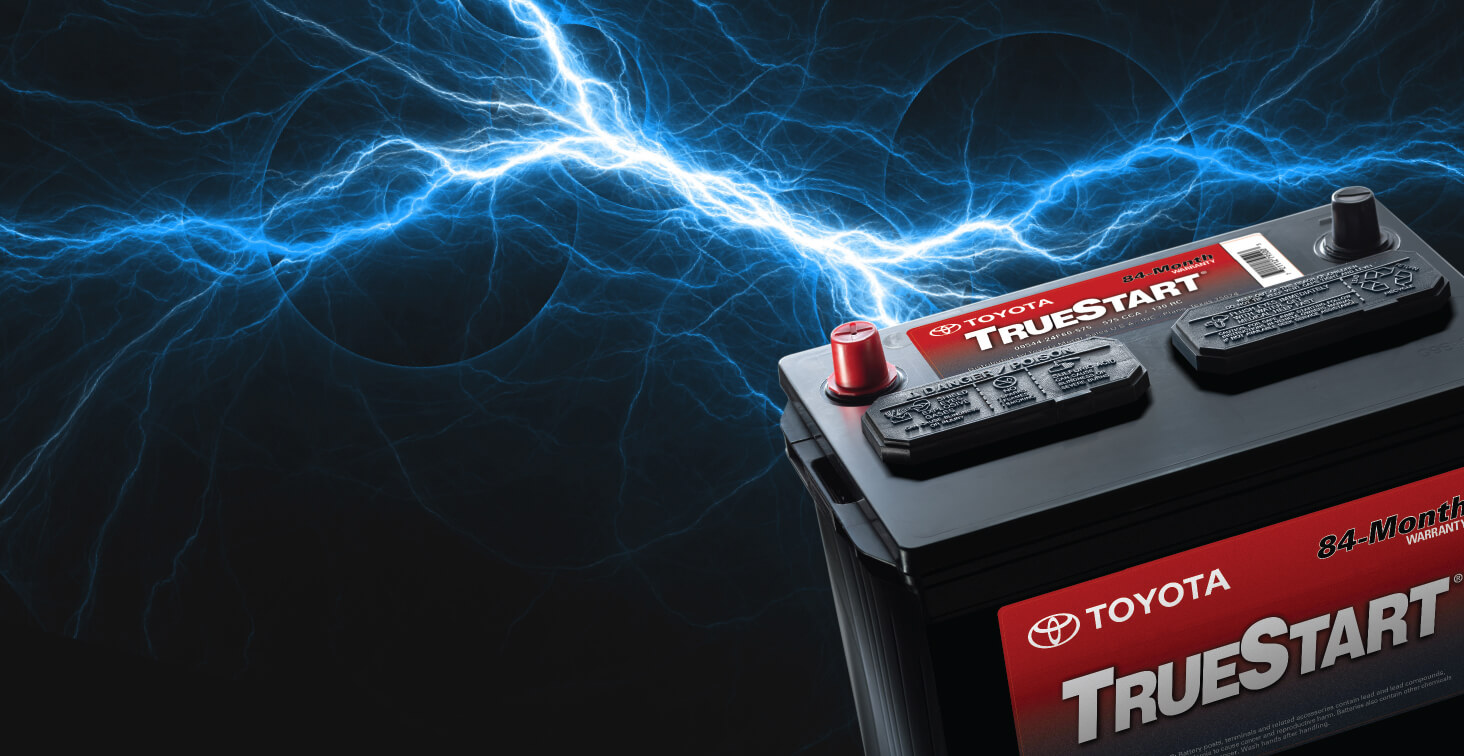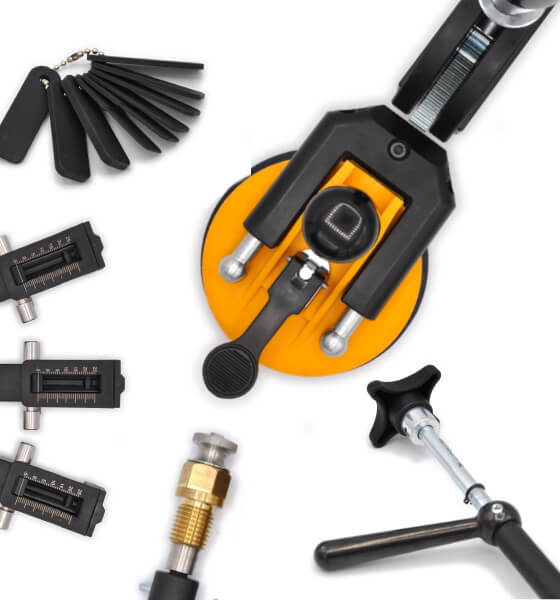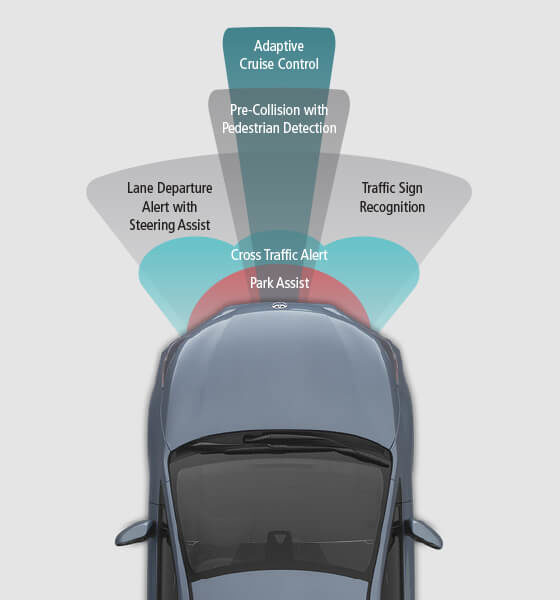
Collision Pros Magazine 2019 | ISSUE 3
Disconnecting & Reconnecting a Toyota Battery
AWARENESS, PLANNING, AND COMMUNICATION REQUIRED
Disconnecting or reconnecting a 12V battery has more weight than many technicians, estimators, and customers may realize. Both processes require awareness, planning, and communication. When a damaged vehicle comes into a collision repair facility, it may be necessary to disconnect the vehicle’s battery to safely repair the vehicle. However, this common step can add complexity by triggering the need for additional repair procedures. The good news? Toyota tells you exactly what electrical and safety system initializations or calibrations are necessary after reconnecting the battery.
WHY DISCONNECT THE BATTERY?
When a vehicle battery is connected, there’s a potential pathway to all of its electrical circuits and components. If a battery is not disconnected during a repair, the electrical energy from a weld being performed can damage electrical components like ECUs (Electrical Control Units), negatively impacting any number of sensitive electronic systems and SRS components.
WHEN TO DISCONNECT A BATTERY
There are a few reasons a battery might need to be disconnected, but the most significant reason in terms of collision repair is to protect electrical systems while welding. “A 12V battery should be disconnected, essentially taking off-line all circuits and connected components to protect them when welding on the vehicle,” cautions James Meyer, Training Instructor for Toyota Collision Refinish and Repair. “In addition,” Meyer says, “the main SRS ECU wire harness should be disconnected and any ECUs within 18” of weld locations removed. These extra steps prevent the potential for accidental airbag discharge and damage to ECUs from induced welding current.”
FOLLOW TOYOTA’S RECOMMENDED REPAIR PROCEDURES
The first step in following recommended procedures is to research the model-specific information for the vehicle on which you’re working. This information can be found on Toyota’s Technical Information System website (TIS) https://one.tis.toyota.com. TIS provides access to key precautions and service procedures necessary to repair Toyota and Lexus vehicles. These resources include: Collision Repair Manuals and Collision Repair Bulletins; Electrical Wiring Diagrams and Repair Manuals; and Technical Service Bulletins. TIS also features a VIN search tool that will enable you to identify the specific features of a vehicle, providing you with valuable knowledge needed for a quality repair.
FOLLOW A DETAILED REPAIR PLAN
From recalibrating steering angle sensors to resetting auto window functions, disconnecting and reconnecting the battery may not be as simple as it sounds. A detailed repair plan will ensure you follow the precise process required to restore a vehicle to factory standards. Following specific steps when disconnecting and reconnecting a battery and initializing or recalibrating affected electrical systems will ensure the repair is done correctly. A detailed repair plan will identify what you need to do before beginning work on the vehicle and will improve estimation and workflow.
Safely and properly repairing a vehicle after an accident is critical. The only way to ensure you’ve restored the vehicle to manufacturer specifications is to follow Toyota-recommended repair procedures and guidelines.



